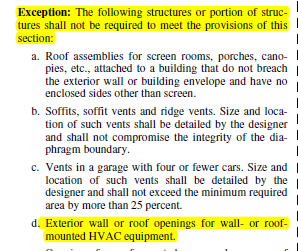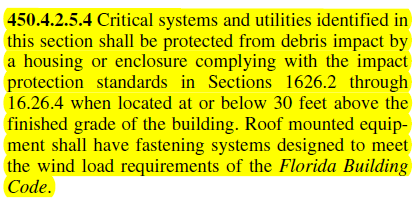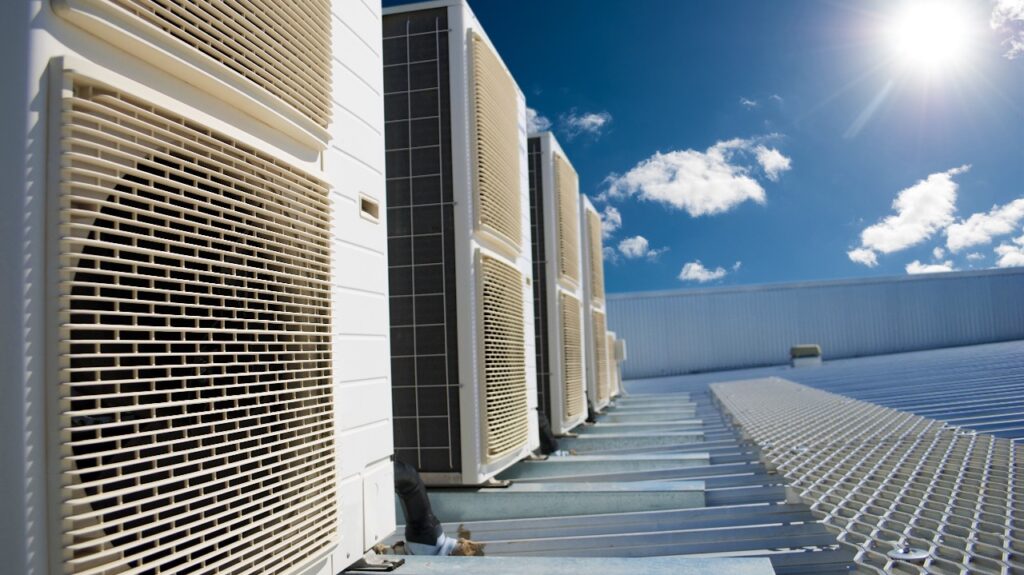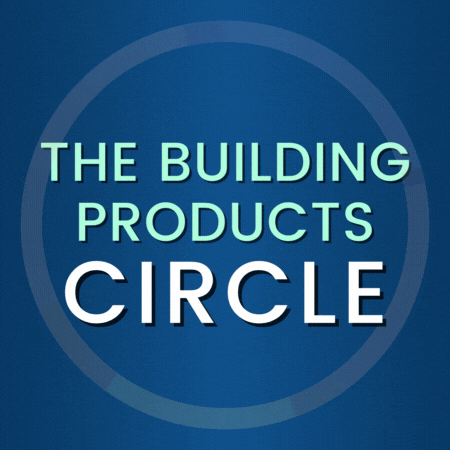Mechanical Equipment - Does It Need To Qualify For Large Missile Impact?
Questions frequently arise as to what the rule is in Florida, Miami, and the HVHZ zone (Dade and Broward Counties, FL) under the Florida Building Code (FBC) for impact rating on mechanical equipment.
The answer also has similar references in the International Building Code (IBC) for impact areas of the US Coast, and ultimately depends on the type and importance of the structure to which the unit is installed.

Mechanical equipment on a rooftop of a building frequently requires an opening in the building envelope (i.e., the roof) in order to provide airflow to the system.
Typically, openings in the building envelope are required to be protected with hurricane impact devices in high wind areas.
The question arises then, does the Code also require the mechanical unit to be impact-rated for windborne debris in regions of high wind?
The quick answer is – no, unless the structure is a hospital or nursing home (or similar essential facility). Impact resistance is also a function of the vertical slope of the opening. a flat roof is not likely to be subjected to the same missile impact forces as a window or door.
Building Code References

In Florida’s High Velocity Hurricane Zone (HVHZ), The 8th Edition Florida Building Code 2023 section 1626.1.d has an exemption that states HVAC equipment does not require impact protection for “standard facilities”.
HVAC equipment only requires uniform wind load resistance certification in Miami Dade and Broward Counties, and impact certification is not required in these common structures.
As the HVHZ is the more critical area of Florida, absent other code guidance in the remaining portion of the state leads one to conclude this is the standard of care to be met statewide.
However, if the HVAC equipment is installed onto an “Essential Facilities” – the code does require impact protection. Referencing chapter FBC (2023) 449.4.2.5 (hospitals), and similar sections in 450 (nursing homes) – the code does require impact rating for mounting heights of 30 feet or less in these types of structures.

Miami Dade County has been reported as requiring impact for ‘commercial’ but not ‘residential’ buildings which is a loose interpretation of these codes and in our opinion serves more as their guideline rather than a code that is unquestionably enforceable.
Our Conclusion
Our conclusion is that this firm typically advises our clients to seek approval for impact rating only if they will be installing on hospitals and nursing homes (and essential facilities) – and that standard commercial rooftops will not require a large missile impact rating of their mechanical equipment.
If a Miami Dade NOA is eventually going to be sought after, testing for impact AND properly notifying Miami Dade of the test are strongly recommended.
Conditions may vary for site-specific conditions & we advise you to consult us or discuss the site-specific condition with your design professional or Authority Having Jurisdiction before permitting & construction.
Last Update: June 25, 2025
Related Knowledge Base Posts -
- Should a professional utilize the ASD (Allowable Stress Design) method or the LRFD (Load Resistance Factored Design) method when calculating the required wind pressure for use with tested-approved systems?
- Did the wind loading requirements change for rooftop structures for ASCE 7-22 – ASCE 7-16 & The Florida Building Code?
- What wind speed should I use for my project?
- ASCE 7 WIND EXPOSURE CATEGORIES AND HOW EXPOSURE ‘D’ WORKS
- What are the requirements for using ASTM Missile Level E in Florida and the US?
- About ASTM E1996 Missile Levels

